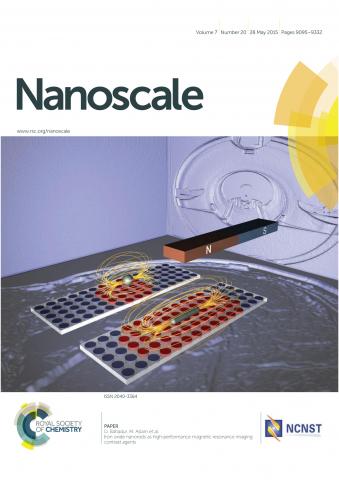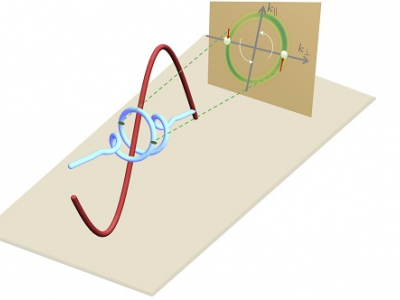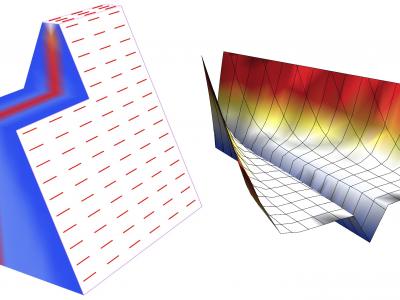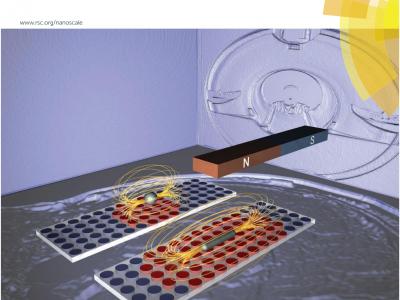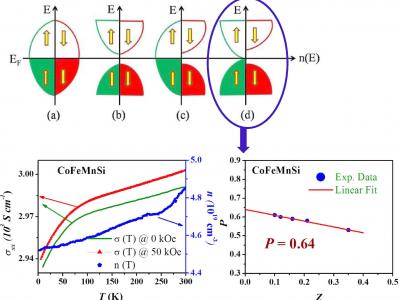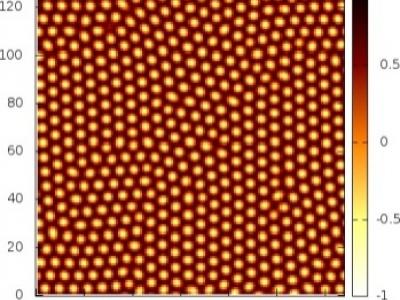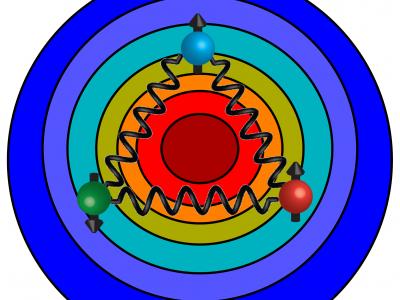Iron oxide nanorods as high-performance MRI contrast agents
Magnetic resonance imaging (MRI) has become an indispensable tool for biological molecular imaging and clinical diagnosis during the past two decades. The image contrast in MRI which depends on the varying water concentration and local environment, often fails to produce a good signal which leads to the implementation of external contrast agents. Ultra-small superparamagnetic iron oxide (USPIO) agents such as Feridex and Resovist (commercial contrast agents) have been used as T2 MRI contrast agents due to their ability to shorten T2 relaxation times in the liver, spleen, and bone marrow, by selective uptake and accumulation in the cells. However, these superparamagnetic oxides generally show relatively low R2 relaxivities since they are prepared in aqueous media and consequently have polydisperse particles with poor crystallinity.
To improve the MR contrast properties, first time a group of research scholars (Jeotikanta Mohapatra, Arijit Mitra, and Himanshu Tyagi), Prof. D. Bahadur and Prof M. Aslam introduced a new concept. They modulate iron oxide nanoparticles shape to a rod shape morphology to improve the MR contrast properties. Iron oxide nanorods of sub-100 nm lengths are prepared by a simple soft-chemical approach and then functionalized using bio-compatible polymer. The polymer coated nanorods are shown as better MRI contrast agents in comparison to spherical magnetic nanoparticles. Having same volume as nanospheres, nanorods induce strong magnetic field inhomogeneity over a larger volume of protons in surroundings. The stronger de-phasing of proton moments is reflected as faster relaxation rate in T2-weighted imaging. The magnetic nanorod based contrast agent possesses excellent colloidal stability, biocompatibility and poor cytotoxicity in physiological conditions. Moreover, compared to commercial contrast agent (Ferumoxytol), the R2 relaxivity of nanorods is nearly six times higher. Animal trials using these nanorods are being carried out and we are very hopeful that our study will open interesting avenues in cancer treatment.


